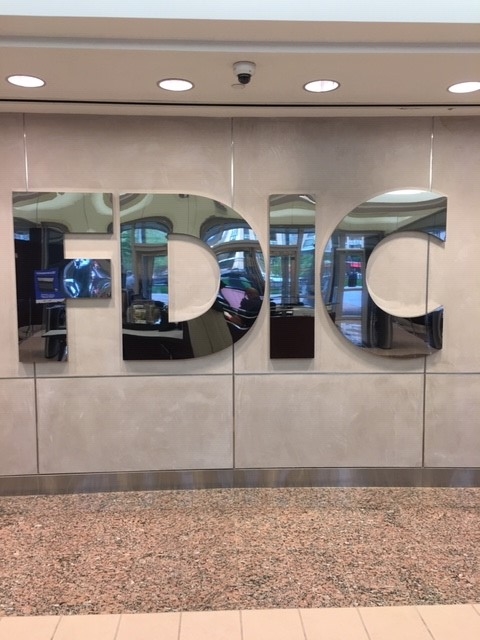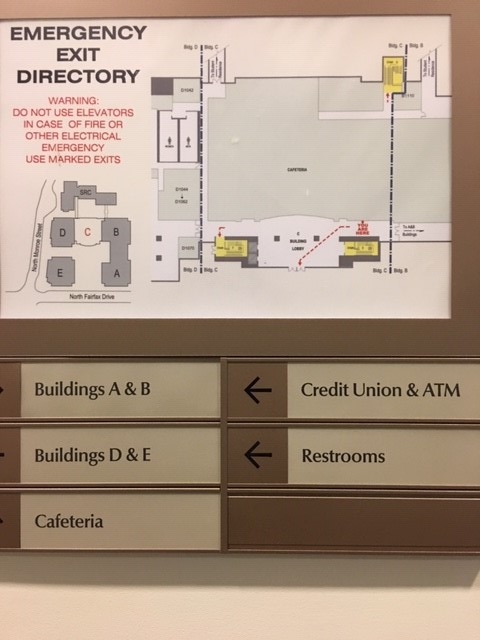Member data is an asset. It is so potentially valuable that FDIC Chair Jelena McWilliams calls it the “new capital.” But that asset is nowhere on the balance sheet. However, it might be inferred from traditional institutional numbers such as average loan and share balances.
Because member data is not recorded financially, the necessity to convert this “capital” into a member service opportunity is often opaque. That is, until an outside party comes and wants access to some information to promote a new service or solution such as a software to manage an aspect of member’s life such as teen spending.
The member-owner design can help position credit unions as trusted fiduciaries with this information. Fintech innovators often view credit unions as valuable partners for targeted solutions because of their trove of member information and assumed trust.
What is the opportunity within the cooperative movement for the stewardship of this “capital?” How can credit unions both teach the value of and facilitate member benefit from their information?
Several countries including the United Kingdom have implemented the concept of “open banking.” https://www.americanbanker.com/opinion/us-way-behind-the-curve-on-open-banking
One way to explore this concept would be for credit unions to provide members the ability to grant permission of their financial data to other third parties. Under this concept, members would gain the ability to seamlessly and securely allow trusted third parties access to their member information.
Today this process is partially accomplished by aggregators such as Yodlee, but this is an uncertain process subject to operational disruptions. It is frequently limited to traditional product information available by screen scrapping.
By teaching members to value their data, credit unions can initiate member experiences that can help test new financial tools or solutions—thus enhancing the cooperative’s role as an intermediary.
As a member, I would certainly be interested in participating in these kinds of consumer innovations. Increasing my financial awareness, can only enhance my relationship to the cooperative.



